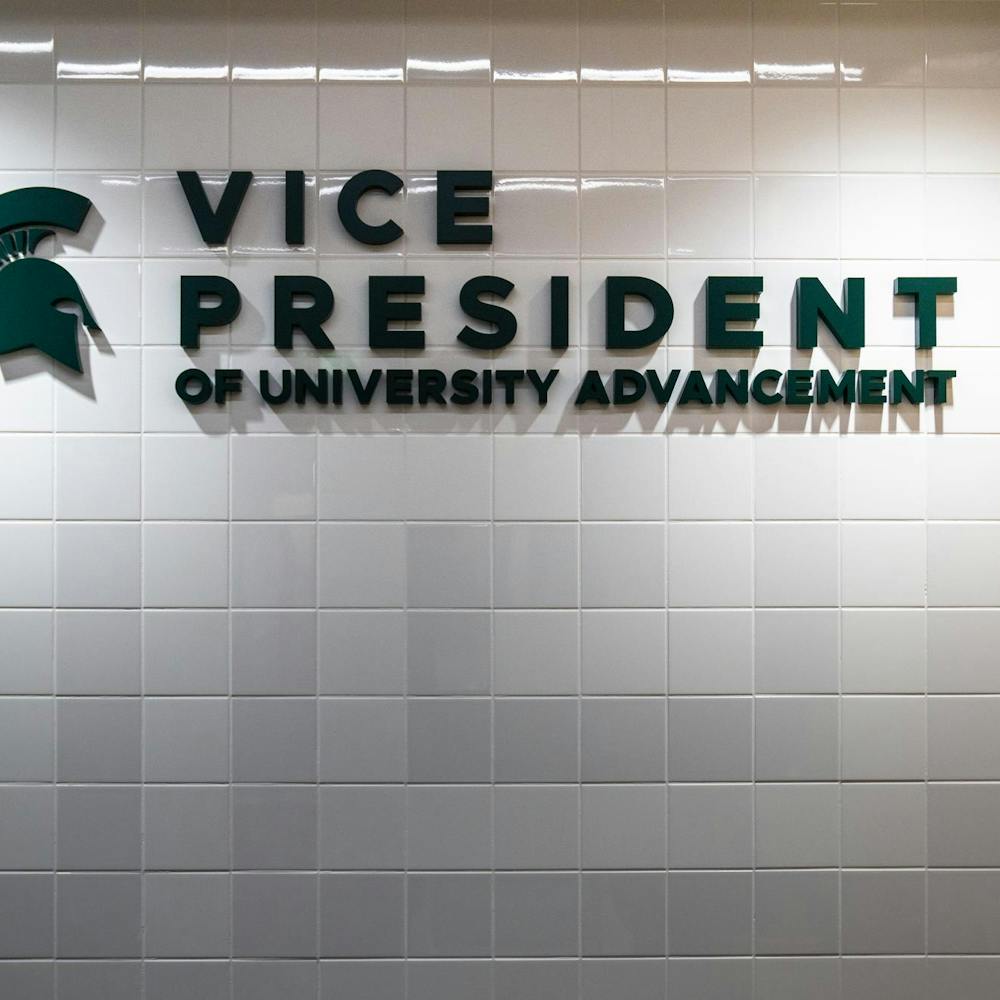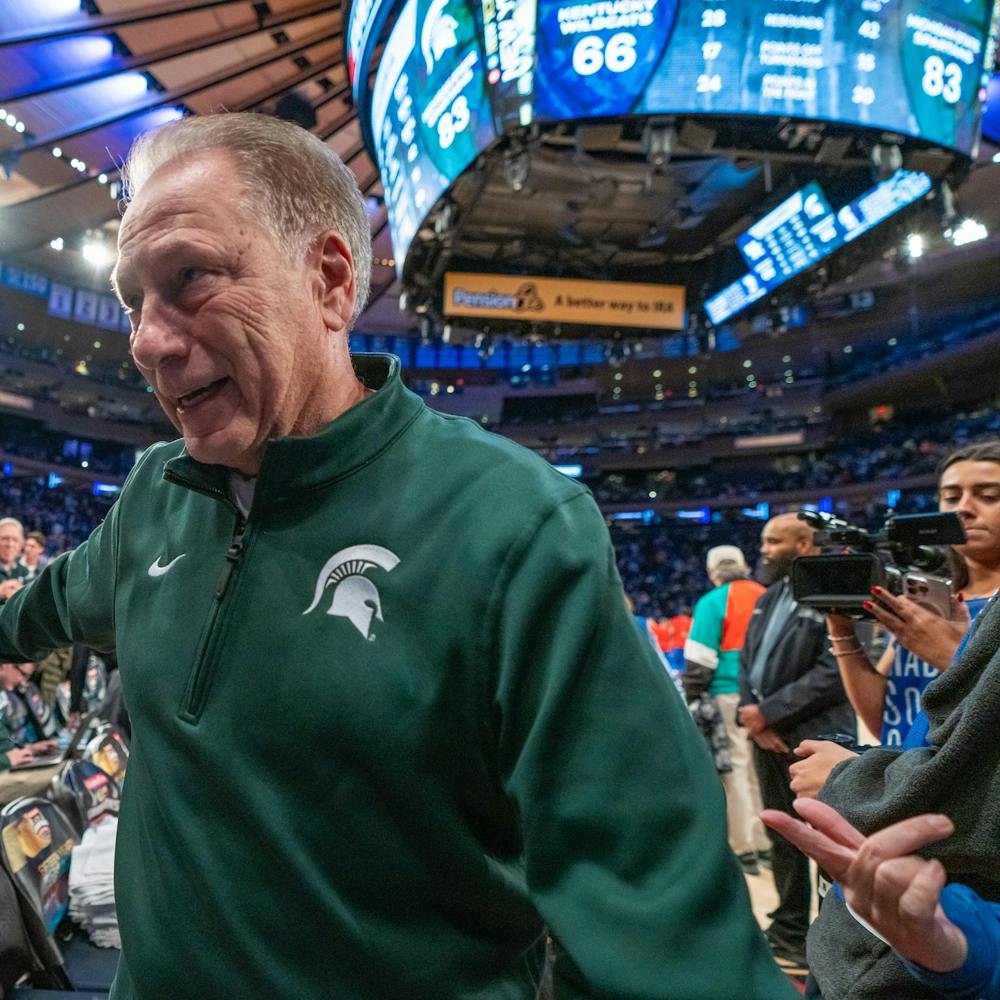Some football games are remembered as thrillers. Others are called classics.
Then there's the 10-10 tie in 1966 between No. 1 Notre Dame and No. 2 MSU. Forty years after the fact, it's simply remembered as the "Game of the Century."
The matchup is considered one of the best in college football history, but not necessarily for the way it was played. What has lived on through four decades is how the game ended and the circumstances surrounding it.
"The reason over the years it's carried so much fan appreciation is because it was a tie," said Jimmy Raye, MSU's starting quarterback in the game and currently, the running backs coach for the New York Jets. "There's always a question in people's mind and players' minds. If one team had beaten another, I don't think it would've been nearly as much of a classic."
No guts, no glory
Controversy about the tie between the two undefeated teams has helped keep the game in the spotlight.
Bubba Smith, MSU's All-American defensive lineman, injured Notre Dame starting quarterback Terry Hanratty in the first quarter, forcing the Irish to use their backup. The Irish were already playing without All-American running back Nick Eddy, who injured his shoulder as he got off the train before the game.
Notre Dame got the ball at its own 30-yard line with more than a minute left in the fourth quarter and with the score tied at 10. Instead of trying to get in field-goal range, Notre Dame coach Ara Parseghian elected to run the clock out and preserve the tie, leading Sports Illustrated to call the strategy, "Tie one for the Gipper."
Due to Big Ten rules, MSU wasn't allowed to play in the Rose Bowl that season because it appeared in the game the year before. The tie was, therefore, MSU's last game of the season. The Irish had a game left against Southern Cal the next week.
Mike Celizic, author of "Biggest Game of Them All," a book chronicling the game, said Notre Dame's remaining game factored into Parseghian's thinking.
"His first goal was to win the game, but his next goal was to not do anything to lose it," he said. "He knew he had a game next week where he could make a statement."
And while critics claim that Parseghian should've tried for the win, even Bubba Smith admits Parseghian made the right decision.
"Us on the field, we were trying to entice them to go for it," he said. "But as far as strategy of the game, he did the best thing he could do."
The Irish defeated Southern Cal 51-0 to finish the season 9-0-1. They held on to the No. 1 ranking and won the national championship. MSU finished with an identical 9-0-1 record and the No. 2 ranking.
"It was the first time a tie was no longer respectable," Celizic said. "Until then, it was all right to tie a game."
One for the ages
The tie eventually led the Big Ten to change its rule on consecutive Rose Bowl appearances and have its nonconference games played earlier in the season, said Celizic, who was a freshman at Notre Dame in 1966.
But the controversial finish is only part of what gives the game its nickname. What also elevates it is the talent that was on display in Spartan Stadium that day.
Notre Dame's 1966 defense was one of the best ever. It compiled six shutouts and only gave up 38 points the entire season. MSU's defense was equally talented, led by Charles "Mad Dog" Thornhill (father of current MSU linebacker Kaleb Thornhill), George Webster and Smith — arguably the best player to ever play at MSU.
Four of the first eight players chosen in the 1967 NFL draft were from MSU — including Webster, whose number is retired at MSU, and Smith, who will have his number retired before Saturday's game. The game produced more than 20 All-Americans and 30 future professional football players, Celizic said.
"I don't think that they've had a game where they had that much talent on the field," Smith said. "Show me a game that had that much talent, that had that many first-round picks to come out of that game."
'A clash of times'
But both Raye and Smith point to another reason — beyond the tie and beyond the talent — as to why the tie remains so important 40 years later. The game, which took place during the civil rights movement, showcased MSU's black players to a national TV audience.
"That was the first time that many black players had been on the field at one time," Smith said.
The late Duffy Daugherty, MSU's legendary coach, opened the door for black athletes by recruiting players from the South at a time when some schools weren't integrated.
Smith, who is from Texas, ended up at MSU because his dad, a football coach, knew Daugherty. In exchange for Smith going to MSU, Daugherty had to take a look at Gene Washington and Jess Phillips. Both players wound up at MSU and started on the 1966 team.
"Duffy showed how much talent was out there," Celizic said. "A lot of people had been ignoring it."
When Daugherty's Spartans clashed with Notre Dame, it symbolized the social structure under which the game was being played. All-American defensive end Alan Page was the only prominent black player on the Notre Dame team.
"There were black players for Michigan State and white players for Notre Dame, and it was a clash of times," said Raye, who is black. "All the social ramifications surrounding the game were on display for a national audience that day."
Still remembered
Much of MSU's 1966 team will be in East Lansing for Saturday's 40th anniversary ceremony, and the current Spartans will have a chance to meet them. Raye understands if the "Game of the Century" doesn't resonate as much with today's players.
"This was 40 years ago, so the relevance to them may not be very significant," he said.
But for some Spartans, the game isn't as forgotten as Raye thinks. Kaleb Thornhill said he's watched the game with his dad and appreciates it more and more as he grows.
"The game film's kind of scratchy, but he always tells me about it and tells me how competitive of a game it was," Thornhill said.
"When I was little, I didn't get it. But now, I mean — 'Game of the Century.' They've written books about it. It's just amazing how far it's progressed."
Senior quarterback Drew Stanton, who has talked to both Smith and Washington on previous occasions, said the 1966 team still has a great impact on today's Spartans.
"It makes you appreciate where you are and what you've accomplished," Stanton said. "It also makes you say, 'I can push a little more because those guys were able to do it and succeed, and I want to be one of those great Spartans when I'm done.'"






